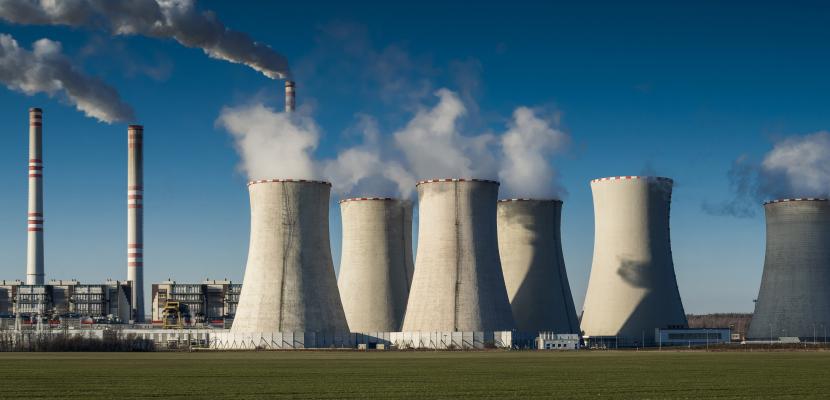
Bond University researchers in the new Centre for Data Analytics have created an improved model to predict the future price of carbon credits in the European Union Emissions Trading System.
Their work has implications for industries in the EU trying to pin down the trigger price at which it becomes commercially viable to invest in costly emissions reduction technology.
Lead author Thomas Aspinall of the Bond Business School said the research also pointed to an ETS as the most effective way to drive down emissions in Australia.
The EU ETS works on the 'cap and trade' principle. A cap is set on the total amount of greenhouse gases that can be emitted and reduces over time so total emissions fall. Within the cap, companies receive or buy carbon credits which they can trade with one another.
Mr Aspinall said this spurs innovation because companies can either pollute as much as they want and buy credits or reduce their emissions and cash in surplus credits.
“The problem is we don't know what the future price path of the emissions trading scheme is going to be. It can be really volatile and fluctuate by 40-50 per cent every year,” he said.
“So that means a lot of uncertainty for companies trying to work out when or if they should invest in technology or some sort of long-term emissions abatement scheme if the prices are going to go back down again.”
“We built a model that tries to forecast the prices of the ETS by using all of the historical pricing information that we have from the trading scheme over the past eight or nine years.”
The cost to emit one tonne of carbon under the EU ETS is currently sitting below €30, with the trigger price to invest in more sophisticated emissions reduction technology estimated at between €40-60 per tonne.
But under Mr Aspinall’s model, investment trigger prices are reduced by approximately 25 per cent.
“According to what we predict the future price could possibly do, it is more profitable to invest than we had originally anticipated,” he said.
Fellow author Dr Adrian Gepp said the model brought more certainly to what could be a volatile carbon market.
“It's very hard to blame CEOs for failing to implement emissions reduction technology when they don't have the tools to work out how it will affect their bottom line,” Dr Gepp said.
“They don't want to hear, 'It's a good idea', they need numbers on a document that says profitability is positive.
“With this model we are closer than we thought to saying businesses should be investing more (in emissions reduction technology) but there is still a gap. Either the price of carbon needs to go up or technology needs to get better.”
Mr Aspinall said an ETS would be an effective way of tackling climate change in Australia.
“Emissions trading schemes do provide pressure on companies to reduce their emissions,” he said.
“The unfortunate thing is that in Australia we did have a carbon price in the form of a carbon tax but we no longer have that, so there are companies in Australia that can profit from polluting as much as they please.
“This becomes a problem the entire population of Australia has to collectively try to solve and pay for.”
Mr Aspinall said it was unlikely technology such as carbon capture and storage would be viable in Australia without an ETS.
“I think carbon capture and storage could be a pretty good medium to long term solution to climate change given it can reduce the greenhouse gas emissions of power plants by up to 95 per cent,” he said.
“But the major finding from our paper is you do need a carbon pricing signal to invest in it because it is very expensive, costing billions and billions of dollars.
“Power production, particularly in Australia, is very competitive. So you would need a large incentive to convince a power producer that they should spend money to decarbonise and also increase the cost of producing the electricity when there are alternatives such as renewable energy which is becoming increasingly cheaper.”
Government subsidies for carbon capture and storage could be cripplingly expensive, he said.
“It’s difficult to calculate, it's expensive, and the government would have to be committing to decades of subsidies.”
Estimation of a term structure model of carbon prices through state space methods: The European Union emissions trading scheme can be found here: https://doi.org/10.1111/acfi.12708